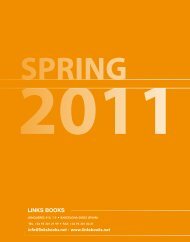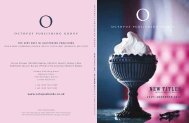pdf 1 - exhibitions international
pdf 1 - exhibitions international
pdf 1 - exhibitions international
Create successful ePaper yourself
Turn your PDF publications into a flip-book with our unique Google optimized e-Paper software.
SCANDAL<br />
In the same May 1975<br />
issue that carried Newton’s<br />
photos from Saint-Tropez,<br />
another fashion shoot<br />
touched off readers’ anger,<br />
and certain states even<br />
banned the sale of the issue.<br />
The pictures were taken<br />
by Turbeville in a public bathhouse<br />
in New York. Many<br />
saw the five models as<br />
portraying a lesbian scene.<br />
DEBORAH TURBEVILLE:<br />
EROTICISM WITH<br />
WOMAN’S EYES<br />
Newton’s fashion shoot in Saint-Tropez<br />
was published, perhaps by coincidence,<br />
in the same May 1975 issue<br />
as another piece that scandalized<br />
many readers. The photographer was<br />
Deborah Turbeville, an American who<br />
had been by turns a model and assistant<br />
to designer Claire McCardell,<br />
then a fashion editor at Harper’s Bazaar<br />
and Mademoiselle. She had become<br />
a photographer after participating in a<br />
seminar held by Richard Avedon and<br />
art director Marvin Israel, and had just<br />
been brought to Vogue by Alexander<br />
Liberman. The offending spread,<br />
ten pages on bathing suits, was her<br />
debut in the magazine. The sitting<br />
depicted five slim girls in beach attire<br />
against the stark, spartan background<br />
of a disused bathhouse on Thirtythird<br />
Street in New York. In the most<br />
controversial of the photographs one<br />
of the models, the one closest to the<br />
camera, seems to be masturbating.<br />
Turbeville recalls in On the Edge:<br />
“When we made the prints I knew<br />
that they were spectacular, and then I<br />
heard that Mr. Liberman thought they<br />
were extraordinary and that they were<br />
getting these huge spreads. When<br />
the magazine came out there was an<br />
explosion, because of what Helmut<br />
had done too. People began talking<br />
about the pictures being immoral, and<br />
saying was it Auschwitz or a lesbian<br />
scene or an orgy. Or were they in an<br />
insane asylum. But if you start out trying<br />
to do an insane asylum or a lesbian<br />
scene or an orgy it looks fake. It<br />
is only when you don’t set out to do it<br />
that things come off.”<br />
Liberman, who played a leading<br />
role in the magazine’s sensual<br />
approach to fashion, was an ardent<br />
defender of “porno-chic” as produced<br />
by Turbeville and Newton. However,<br />
Turbeville tried to differentiate her<br />
style, vision of women, and eroticism<br />
from those of male photographers.<br />
“I am totally different from photographers<br />
like Newton and Bourdin,” she<br />
is quoted as saying in Polly Devlin’s<br />
Vogue Book of Fashion Photography:<br />
The First Sixty Years. “Their exciting<br />
and brilliant photographs put women<br />
down. They look pushed around in<br />
a hard way, totally vulnerable. For<br />
me there is no sensitivity in that. I<br />
don’t feel the same way about eroticism<br />
and women. Women should<br />
be vulnerable and emotional; they can<br />
be insecure and alone; but it is the<br />
psychological tone and the mood that<br />
I work for.”<br />
237


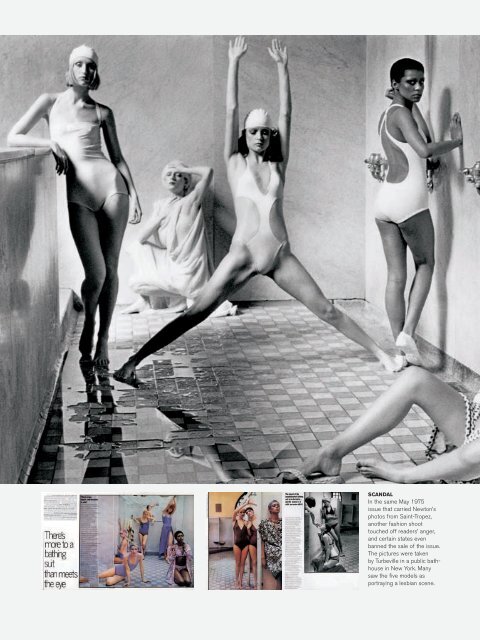
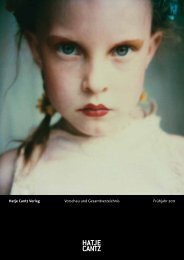
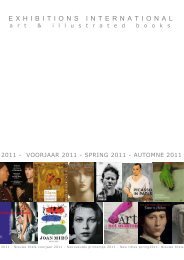

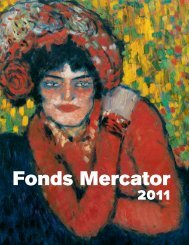
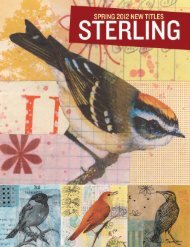

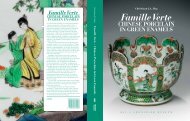
![01 -[BE/INT-2] 2 KOL +UITGEV+ - exhibitions international](https://img.yumpu.com/19621858/1/184x260/01-be-int-2-2-kol-uitgev-exhibitions-international.jpg?quality=85)



